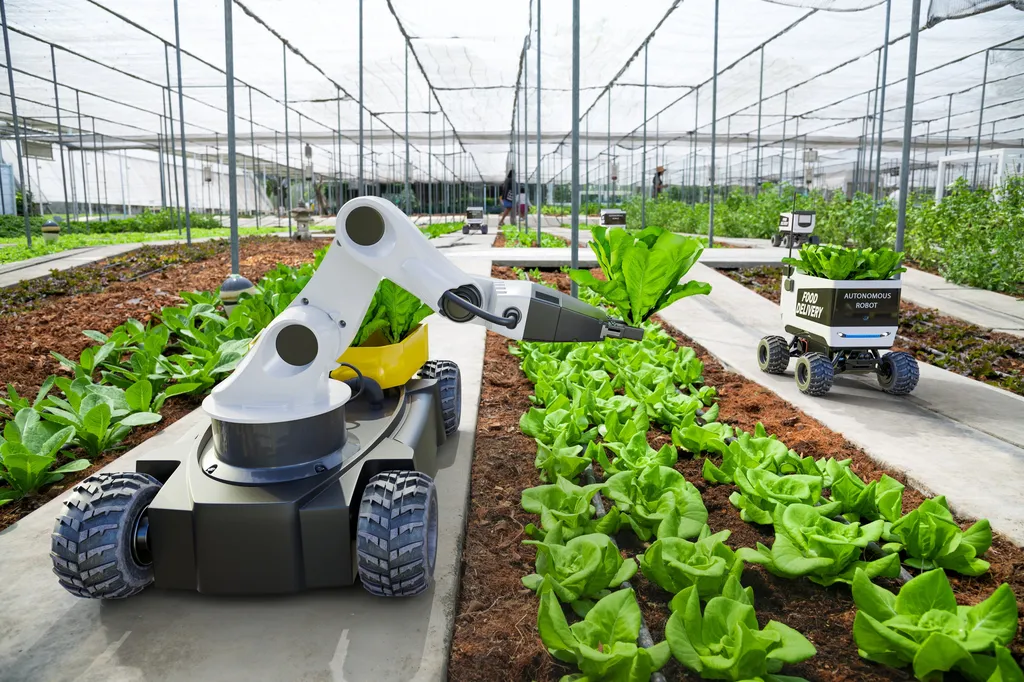In the ever-evolving landscape of precision agriculture and forestry, a groundbreaking study led by Jun Chen from Wenzhou Vocational College of Science and Technology in China is poised to revolutionize how we approach information gathering in these sectors. The research, published in *Frontiers in Plant Science* (which translates to *Frontiers in Agricultural Science*), introduces a novel distributed multi-robot active gathering strategy that promises to enhance efficiency and accuracy in tasks ranging from precision planting to pest control.
Traditional methods of information gathering in agriculture often fall short in environments where data points are unevenly distributed. This can lead to slow detection rates and inefficient coverage, ultimately hindering the effectiveness of precision agriculture techniques. Chen and his team have tackled this challenge head-on by reformulating the information gathering problem as a multi-armed bandit (MAB) problem. This approach allows robots to make informed decisions about exploration and exploitation while sharing probabilistic information across the team, all without the need for centralized control.
One of the standout features of this research is the introduction of a distributed Bernoulli Thompson Sampling algorithm. This algorithm enables robots to coordinate their actions more effectively, improving global coordination and task allocation efficiency. “Our method significantly outperforms baseline approaches in terms of search speed and target coverage, particularly in scenarios with clustered target distributions,” Chen explains. This is a crucial advancement, as it means that robots can adapt more quickly to the dynamic and often unpredictable environments found in agriculture and forestry.
The team further combined the distributed Bernoulli Thompson Sampling policy with Lloyd’s algorithm for dynamic target tracking. This combination allows the robots to not only gather information more efficiently but also to track and respond to moving targets, such as pests or changing environmental conditions. Additionally, the introduction of a goal swapping strategy improves task allocation efficiency, ensuring that each robot is optimally utilized.
The implications of this research are far-reaching. In the energy sector, for instance, similar multi-robot systems could be deployed for tasks such as monitoring solar farms or wind turbines, ensuring that maintenance and inspections are carried out with greater precision and efficiency. The ability to adapt to clustered information distributions means that these systems could be particularly effective in identifying and addressing issues in large, complex environments.
Chen’s work is a testament to the power of innovative algorithms and distributed control systems in transforming traditional industries. As we look to the future, the potential for multi-robot systems to enhance precision and efficiency in agriculture, forestry, and beyond is immense. This research not only pushes the boundaries of what is possible but also sets the stage for further advancements in the field.

